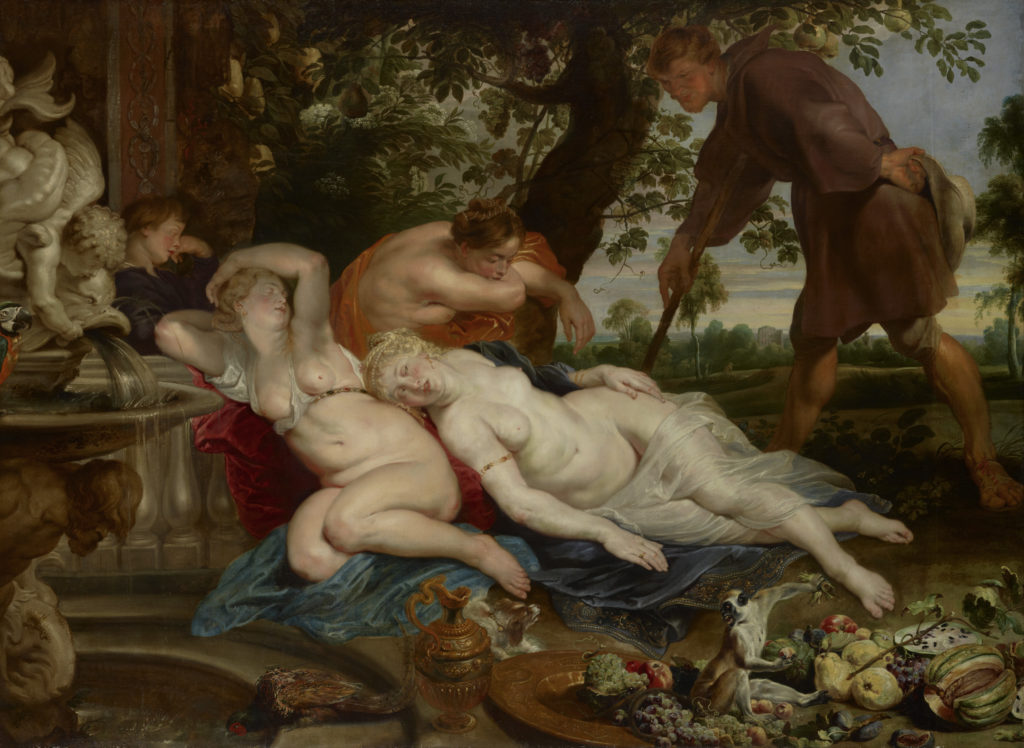
Through May 21, 2018
The Städel Museum (Frankfurt)
From the museum:
Almost no other artist exercised such a decisive influence on European Baroque painting as Peter Paul Rubens (1577–1640).

“Rubens. The Power of Transformation” comprises about 100 items — including 31 paintings and 23 drawings by the master — and explores a hitherto little-regarded aspect in his creative process. The presentation reveals how profound the dialogue was into which Rubens entered with his predecessors’ and contemporaries’ achievements and fathoms the scope of their impact on the five decades of his production.

Rubens’s extensive oeuvre reflects the influences of ancient sculpture as well as that of the later art from Italy and north of the Alps, from the masters towards the close of the fifteenth century to the artists of his own day. Frequently, only a closer look will reveal how Rubens drew on the work of artists of different epochs: the exhibition offers an opportunity to comprehend the sometimes astonishing correlations in detail. The cross-genre presentation brings together paintings, drawings, prints, sculptures, and objets d’art.

In addition to original sculptures dating from classical antiquity to the Renaissance, the show also encompasses paintings and prints by Rubens’s precursors and contemporaries, among them key works by Titian and Tintoretto, by Goltzius, Rottenhammer, and Elsheimer, as well as by Giambologna, Van Tetrode, and Van der Schardt.

The direct comparison between Rubens’ works and their models offers fascinating insights into the ingenious development of the master’s solutions and surprising motific metamorphoses, as well as his intense endeavours for an adequate format and the right form. The peculiarly modern, dynamic appearance of Rubens’s creations is frequently indebted to the very deliberate return to identifiable models, which the artist — in the understanding of the concept of ‘aemulatio’ crucial within his era’s theory of art — even tried to outdo. Each of the transformation processes resulted in a work that immediately enthralled the contemporary viewer and still fascinates us today.

To view a beautiful and detailed overview of Rubens and this exhibition, click here.
Sign up to receive Fine Art Today, the weekly e-newsletter from
Fine Art Connoisseur magazine.







